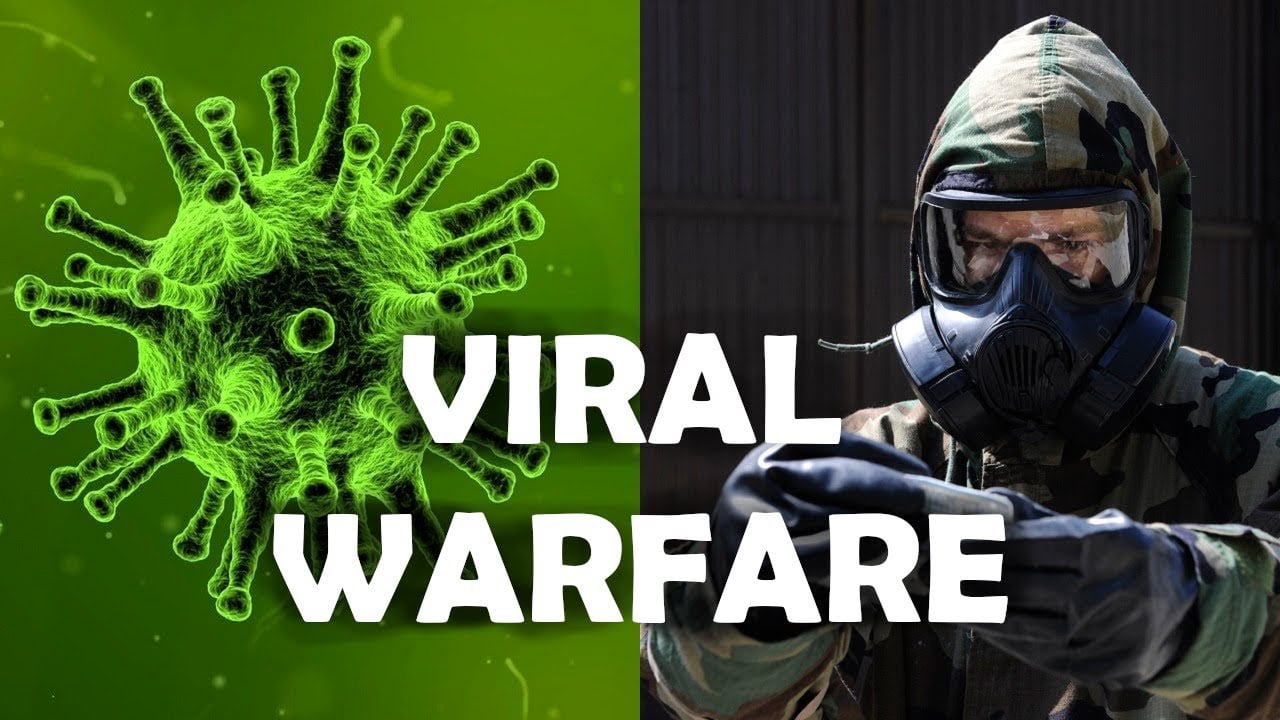Engineered Viruses Are the New Biological Weapons, Here's What You Need to Know
Genetically engineered viruses are becoming more common as the costs of DNA sequencing and genetic engineering are dropping, what does that mean for us?
»Subscribe to Seeker! http://bit.ly/subscribeseeker
»Watch more Focal Point | https://bit.ly/2M3gmbK
In the world of synthetic biology, a microbe is seen as a structural frame on which to add genes & DNA. The microbe will be tested and have its performance improved, so it can hopefully do something useful for the world.
But this potential to modify living organisms and steer them toward global problems is often met with a dark side.
The National Academies of Science released a major report titled Biodefense in the Age of Synthetic Biology with a ranked list of threat concerns. High on the list is recreating known pathogenic viruses and making existing bacteria more dangerous, lowest is modifying the human genome with gene drives
The NAS synthetic biology report includes some suggestions that involve developing detection tools and computational approaches that can better screen for any rogue engineered organisms. And this is exactly what Ginkgo Bioworks, a synthetic organism factory, is working on.
Learn more about how synthetic biology—including DNA synthesis and gene editing—has increased severity of threats, and how real these threats really are on this episode of Focal Point.
#Organisms #SyntheticBiology #Viruses #Seeker #Science #FocalPoint
Read More:
The man who stopped America’s biological weapons program
https://www.vox.com/future-per....fect/2019/4/9/183013
“Today, the use of biological weapons is almost unthinkable. But this wasn’t true in the 1960s, when the US government stockpiled such weapons and work continued on developing new, more effective variants. There was an agreement about the use of biological weapons — the post-World War I Geneva Protocol, which also covered chemical weapons — but the United States wasn’t among the signatories to it.”
Synthetic biology raises risk of new bioweapons, US report warns
https://www.theguardian.com/sc....ience/2018/jun/19/ur
“The rapid rise of synthetic biology, a futuristic field of science that seeks to master the machinery of life, has raised the risk of a new generation of bioweapons, according a major US report into the state of the art.”
Russian and American use of Yersinia pestis as a Biological Weapon
http://www.montana.edu/history....bug/yersiniaessays/h
“By the mid 1990’s, it became obvious to the United States government that the threat of biological warfare was more than just hypothetical. Even though the United States and Russia, among other countries, signed a ban on the development of biological weapons during the Biological and Toxin Weapons Convention of 1972, doubts lingered around the intentions embedded in the signatures.”
____________________
Our scientific understanding of the universe is advancing at an unprecedented rate. Join Focal Point as we meet the people building tomorrow’s world. Witness the astonishing discoveries that will propel humanity forward and zero-in on the places where science-fiction becomes science-reality.
Seeker empowers the curious to understand the science shaping our world. We tell award-winning stories about the natural forces and groundbreaking innovations that impact our lives, our planet, and our universe.
Visit the Seeker website https://www.seeker.com
Seeker on Facebook https://www.facebook.com/SeekerMedia/
Focal Point on Facebook https://www.facebook.com/FocalPointShow/
Seeker on Twitter http://twitter.com/seeker



















![BIOLOGICAL--ACOUSTIC-DEPOP-WEAPONS--Dr.-Len-Horowitz - [10_11_2021].mp4](https://video.ugetube.com/upload/photos/2021/11/9zXsqhKM52p5AqiruXXq_10_74fc889688c2a611feaa787b93c2ad3a_image.jpg)



